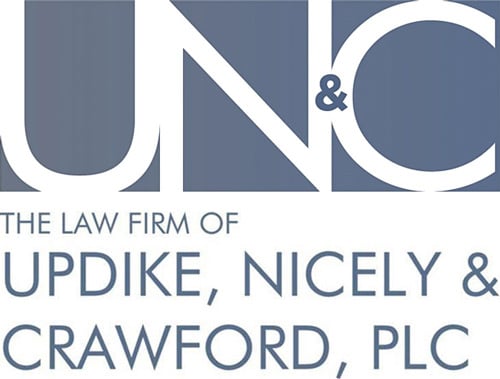Hazardous conditions on a residential property or one used for business can result in a slip-and-fall injury. If you hit your head when falling, it can cause a skull fracture.
The purpose of the skull is to provide a hard covering for your soft and fragile brain to prevent it from injury. Nevertheless, as with any other bone, there is a limit to the amount of force your skull can absorb without breaking. If the impact from a fall exceeds that limit, the skull can fracture.
There are different types of skull fractures. Here are some that you may see after a slip-and-fall accident.
1. Basilar skull fracture
According to Johns Hopkins Medicine, a fracture at the base of the skull is the most serious type. This is most likely to occur if you hit the back of your head when you fall. With a basilar skull fracture, blood and cerebrospinal fluid can leak out of your skull and flow from your ears or nose. You may also notice distinctive bruising patterns around the eyes and ears.
2. Depressed skull fracture
A depressed skull fracture is one in which the broken fragments actually sink in toward your brain. The severity depends on how deeply the fragments extend into the intracranial space. A severely depressed fracture may require surgery to correct.
3. Linear skull fracture
A linear skull fracture may not require any intervention because there is no displacement of the fragments. Therefore, the broken edges of the bone of your skull still touch and can grow together with time. This is the most common type of skull fracture.
As with other broken bones, a skull fracture can also be compound. This means that there is splintering of bone and a break in the skin. However, this is not a unique type of skull fracture that you might encounter with a slip-and-fall accident.


